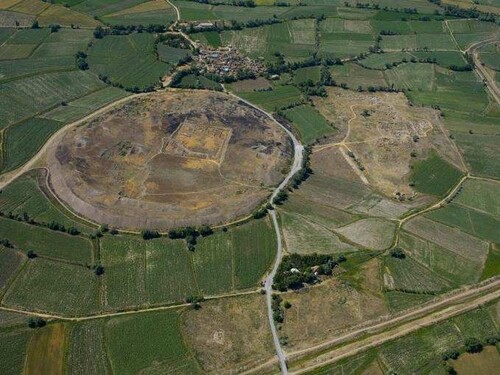 |
| ▲ This photo provided by the National Research Institute of Cultural Heritage (NRICH) shows the Quiltepe-Kanesi ruins. (PHOTO NOT FOR SALE) (Yonhap) |
SEOUL, Aug. 20 (Yonhap) -- Korean experts will join efforts to excavate and study one of Türkiye’s most important archaeological sites, where ancient culture and commerce once thrived.
The National Research Institute of Cultural Heritage (NRICH) said Wednesday it is conducting a joint excavation with Ankara University at the Kültepe-Kanesh site through Oct. 2.
Located about 20 kilometers northeast of Kayseri, the site flourished as an ancient city from around 3000 B.C. to the Roman period. It was inscribed on UNESCO’s Tentative List in 2014 as part of the process toward World Heritage designation.
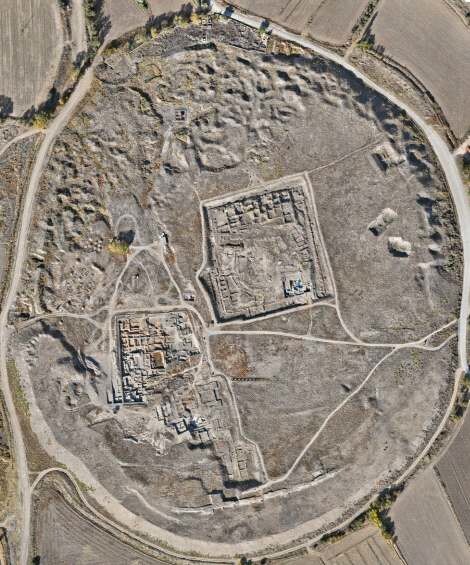 |
| ▲ This photo provided by the National Research Institute of Cultural Heritage (NRICH) shows the view of the upper city of the ruins. (PHOTO NOT FOR SALE) (Yonhap) |
Kültepe-Kanesh is considered a site of major historical and archaeological value. About 23,500 clay tablets inscribed in Old Assyrian cuneiform were previously unearthed there, shedding light on the society and commerce of the time. Recognized as the “Ancient Assyrian Merchant Archives of Kültepe,” the collection was inscribed on UNESCO’s Memory of the World Register in 2015.
The site is also known as a birthplace of Hittite culture. The Hittite Empire, which thrived from the 17th to the 12th century B.C., extended its influence from central Türkiye into Syria and northern Mesopotamia.
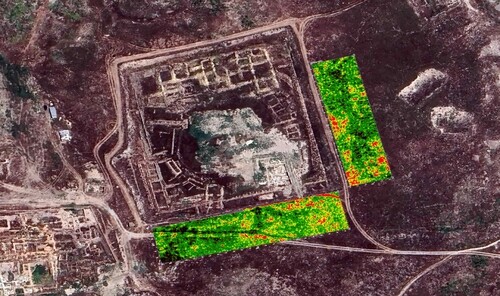 |
| ▲ This photo provided by the National Research Institute of Cultural Heritage (NRICH) shows the subsurface geophysical survey data of Quiltepe-Kanesi ruins. (PHOTO NOT FOR SALE) (Yonhap) |
Excavations have shown that the upper town of Kültepe contained a royal palace and temples, while the lower town housed the “Karum,” a commercial and residential district. Covering 3.6 million square meters in total, the site has so far been excavated only about 3 percent.
In May, Korean researchers conducted geophysical surveys and 3D aerial mapping around the site, identifying significant remains. This year’s excavation will focus on the Warsama Palace in the upper town.
“Trial excavations will be carried out in the southern and eastern sections of the palace,” the institute said. “As key areas connected to the palace core, these sites are expected to yield well-preserved remains and artifacts.”
 |
| ▲ This photo provided by the National Research Institute of Cultural Heritage (NRICH) shows the aerial survey digital elevation model (DEM) data. (PHOTO NOT FOR SALE) (Yonhap) |
Artifacts discovered during the project will be digitally recorded and preserved through detailed 3D scanning. The institute said the work will showcase Korea’s archaeological technologies.
The Korea Heritage Service (KHS) and the National Research Institute of Cultural Heritage signed an MOU with Türkiye’s Ministry of Culture and Tourism last year to jointly excavate and study the Kültepe-Kanesh site through 2029.
Currently, research at the site is led by Ankara University with participation from Harvard University, Yale University, the University of Milan, and Okayama University. The Korean institute is the first national-level foreign body to join the excavations.
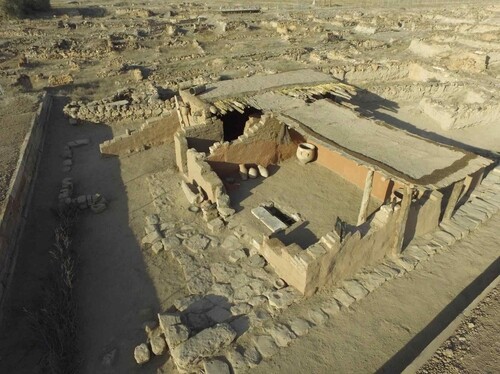 |
| ▲ This photo provided by the National Research Institute of Cultural Heritage (NRICH) shows the reconstructed houses in the lower city (karum) of Quiltepe-Kanesi ruins. (PHOTO NOT FOR SALE) (Yonhap) |
“This is a site of crucial importance in world history and in the study of ancient urban civilization,” an institute official said. “We will do our utmost to contribute to World Heritage research and preservation, while expanding the global presence of Korean archaeological expertise.”
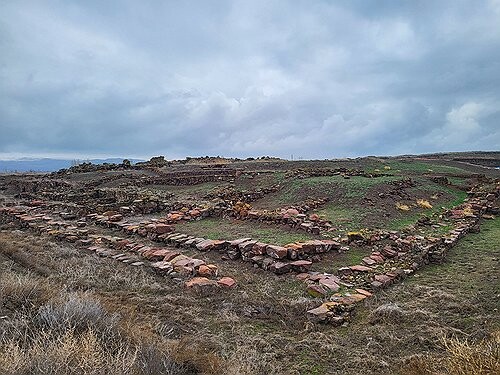 |
| ▲ This photo provided by the National Research Institute of Cultural Heritage (NRICH) shows the panorama of Quiltepe-Kanesi ruins. (PHOTO NOT FOR SALE) (Yonhap) |
(C) Yonhap News Agency. All Rights Reserved
























![[가요소식] 베이비몬스터,](/news/data/20251219/yna1065624915960276_172_h2.jpg)







